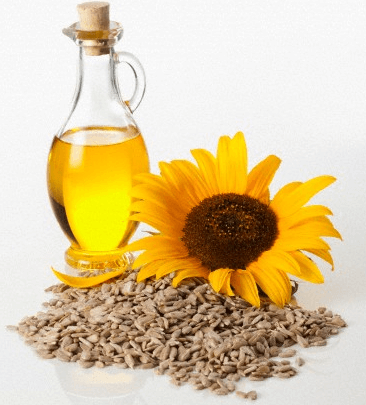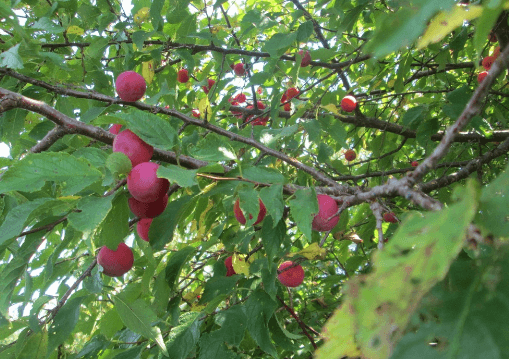The one part of the body which reacts more readily to conditions of poor health is the eyes. Regardless of what organ may be diseased, the signs first appear in the eyes.
As long ago as 400 B.C., Hippocrates fed his patients the livers of birds to cure blindness. In the last forty years, science has proved why this cure worked.
A normal, wholesome diet will help to prevent and even cure such eye conditions as poor vision, abnormal sensitivity to glare and bright lights and to her eye conditions 
Continued errors in food intake rob your eyes of precious elements so necessary to good eye health. Better food habits could free everyone of eye disorders and eye glasses could be outmoded.
The public should be warned about optic nerve degeneration and even complete blindness due to side- effects of drugs. People are led to believe that drugs are the only answer to curing disease. Side –effects of drugs are more harmful than the original illness. Thiouracil, commonly used for depression of an overactive thyroid, has caused paralysis of the muscles of the eyes and of the eyelids, causing them to droop. It has also interfered with the focusing power of the eye examination and also for motion sickness, interferes with the eyes’ accommodation to light and darkness. Potassium iodide can cause degeneration of the retina. The prolonged use of chloramphenicol results in the degeneration of the optic nerve and also interferes with assimilation and synthesis of the B vitamins.
Contact lenses have been linked to blindness. According to Dr. William Stone, Director of the Ophthalmic Plastic Research Laboratories at the Massachusetts Eye and Ear Infirmary of Boston, meth acrylic acid, used in the manufacture of the plastic which is used in making contact lenses, is sometimes retained in the plastic after it is hardened. Tears caused by irritation can draw the acid from the lenses and, depending upon the amount of acid present, can cause serious damage to the eyes.
Boric acid, often used in treating the eyes has caused death in some instances (JAMA , December 28, 1963).
Prolonged deficiency of certain food factors lead to cataract. A deficiency of riboflavin and calcium has been found to produce cataract. About one fifth of all cases of slight loss of sight are caused by cataract.
Glaucoma is a hardening of the arteries of the eyeball. About 2% of all people over 40 contract glaucoma. It is extremely painful, especially at the onset.
There is convincing evidence that cortisone-like drugs can cause hardening of the eyeball.
The purity of the bloodstream is of special importance in curing glaucoma. Toxic waste must be eliminated. This elimination is best begun by fasting, followed with fruit and vegetable juice therapy. Then a balanced diet with special emphasis on vitamin A and riboflavin has been recommended. Such a diet is also important has also been indicated.
Spinal manipulation has also been indicated.
Sunflower seeds seem to be a specific for good vision. Is very rich in vitamins A send D. the seeds are also rich in calcium, phosphorus and iron, all of which are known to be valuable to good eye health.
There are also herbs which, when taken as a tea, will improve eye health.
In an old English herbal, horehound tea and wine and honey is said to “clear the eyesight”
Juniper berries are said to fortify the sight by strengthening the optic nerve.
Old herbalists claimed that elecampane “clears, strengthens and quickens the sight of the eye wonderfully”.
Another herbalist claimed that eyebright “hath restored sight to them that have been blind a long time before”.
Rosemary is said to “clear dim sight”
A report by a famous Swedish botanist, Peter Kalm, tells how a Mohawk Medicine Man restored the sight of an Indian boy after all other known methods and remedies of the time were tried and failed. The fumes or vapour from a decoction of witch hazel bark was passed through a funnel that was held near the eye. The boy had been blind for six months.
A quaint old rhyme goes like this:
Noble is Rue! It makes the sight of the eyes
Both sharp and clear;
With the help of Rue, oh ! blear-eyed man !
Thou shalt see far and near.
Culpeper made the claim that “Eyebright made into a powder and then into an electuary (a syrup) with honey, hath a powerful affect and help to restore the sight decayed by age”.
Pliny said in his writings that the Pythagoreans believed that the absence of blindness and eye trouble in general was attributed to the daily consumption of honey.
A good drink that will keep the sparkle in your eyes is made as follows: place one cup of raw carrot juice, one level teaspoonful of rosehips powder, one egg yolk, a little honey, ground sunflower seeds and sesame seeds, one teaspoonful of brewer’s yeast, one-quarter cup of eyebright tea, and a pinch of kelp in the blender, and blend well. It is delicious and an eye – brightener.
A good eyewash may be made by mixing fennel seed chamomile flowers and eyebright. Steep in boiling water and strain through a cloth to remove all residue. Apply with an eye-cup
For pink eye, scrape Irish potato and apply to eyes. Also sassafras’s pith made into a tea and applied with an eye dropper. All teas dropped into the eye must be strained through a clean cloth to remove any sediment.
One of the worst things that can happen to you is blindness. Take the very best care of your eyes while you can still see. They come only two to a customer.




